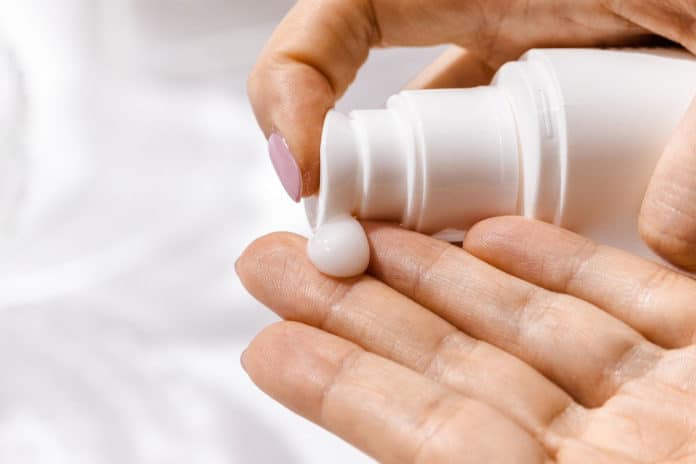Sunscreen, also known as sunblock, is a lotion, spray, gel, foam (such as an expanded foam lotion or whipped lotion), stick, or other topical product that absorbs or reflects some of the sun’s ultraviolet (UV) radiation and thus helps protect against sunburn. It took just one day of use for several common sunscreen ingredients to enter the bloodstream at levels high.
Besides protecting people from the sun’s rays. Sunscreens are also absorbed into the body at levels that raise some safety questions. The active ingredients in popular sunscreens can be absorbed into the blood at levels that exceed the FDA threshold, where they can be presumed safe.
Dr. Janet Woodcock, director of the FDA’s Center for Drug Evaluation and Research, said, “The fact that an ingredient is absorbed through the skin and into the body does not mean the ingredient is unsafe. Rather, this finding calls for further industry testing to determine the safety and effect of systemic exposure of sunscreen ingredients, especially with chronic use.”
Dr. Kanade Shinkai, a dermatologist at the University of California, San Francisco, said, “Sunscreen chemicals, like all over-the-counter medications, only undergo safety testing if they are shown to be systemically absorbed above the FDA safety threshold level.”
This is a follow-up study to a 2019 investigation. Both studies demonstrate the” absorption of common sunscreen ingredients.
The study involved 48 healthy people who were randomly assigned to use one of four sunscreen sprays or lotions. The participants applied the products, over most of the body, once on day one, and then four times per day for the next three days.
In many participants, active ingredients were absorbed in levels beyond the FDA threshold after a single application.
In more than half of volunteers, levels of avobenzone, octisalate, and octinoxate remained elevated for up to seven days, while homosalate and oxybenzone remained above-threshold for as long as 21 days.
Dr. Adam Friedman, a member of the American Academy of Dermatology (AAD), said, “We’re talking about nanograms. All this study shows is that it’s possible to detect very tiny amounts of sunscreen ingredients in the blood. It was not designed to say anything about safety.”
In a written response to the study, he laid out some advice: “The AAD recommends that everyone seek shade, wear protective clothing—including a lightweight and long-sleeved shirt, pants, a wide-brimmed hat, and sunglasses—and apply a broad-spectrum sunscreen with an SPF of 30 or higher to all exposed skin.”
The study is published Jan. 21 in the Journal of the American Medical Association.
